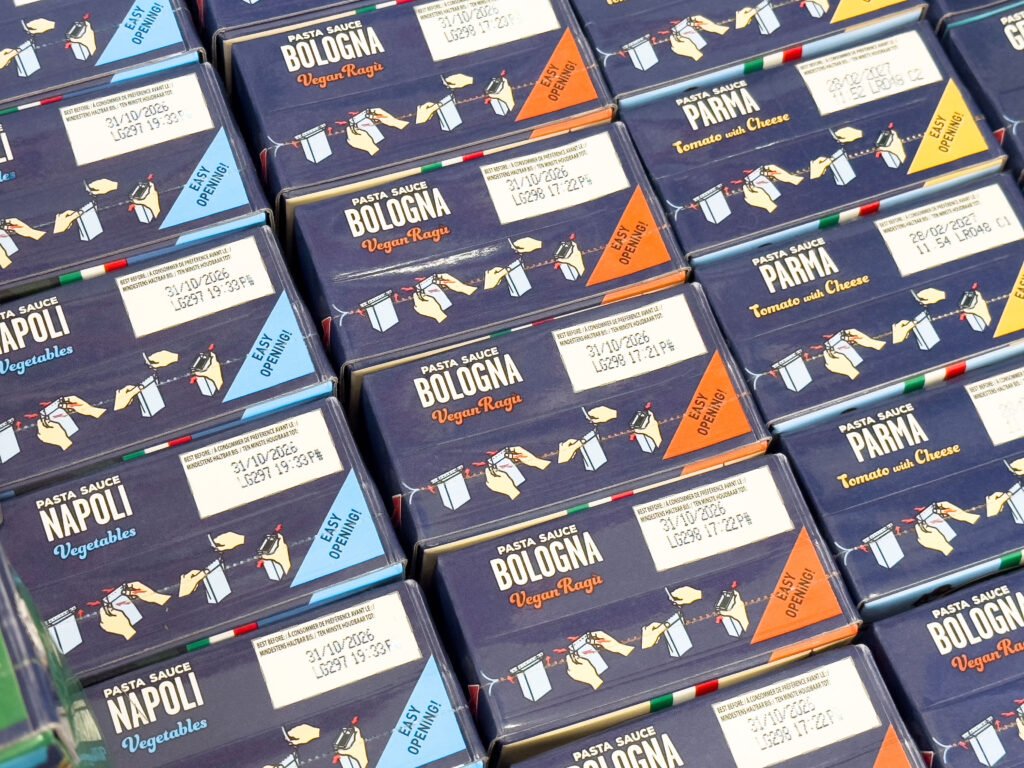Federal authorities recently uncovered the largest health care fraud operation ever in U.S. history. During June and July 2025, they exposed a massive scam involving over $14.6 billion in fraudulent claims. While the operation spanned the entire country, it particularly hit the Carolinas hard.
Massive Scale and Sophistication
The Department of Justice (DOJ) led this unprecedented crackdown. They charged 324 individuals across 50 federal districts and 12 state Attorney General offices. Among the accused were 96 licensed health professionals, including doctors, pharmacists, and nurse practitioners.
Criminals used various methods. Some billed Medicare and Medicaid for medical equipment and services that patients never received or did not need. Others exploited telehealth technology, filing false claims without real patient visits. The fraudsters moved with high levels of sophistication. They laundered millions through cryptocurrency and overseas shell companies, making the scam transnational.
Impact on the Carolinas
The Carolinas faced serious fallout. Nine defendants from the region were charged for running overlapping schemes. In South Carolina, officials revealed fraud involving Medicare payments for deceased beneficiaries. North Carolina investigators uncovered a scheme billing Medicaid for services allegedly provided to severely disabled children. Both state and federal agencies collaborated closely to tackle these abuses.
A regional U.S. Attorney stated, “This enforcement action warns anyone who tries to exploit our most vulnerable populations. We will find and prosecute them.”
Types of Fraud Exposed
Billing for Unnecessary or Fake Services
Many fraudulent claims targeted durable medical equipment such as wheelchairs and breathing machines. The fraudsters billed government programs for items never delivered or medically unjustified. They also stole patient identities to submit claims without authorization.
Telehealth Exploitation
Fraudsters took advantage of telehealth’s rise by creating sham appointments. These “sessions” were often brief or never happened but served as covers to claim expensive lab tests or prescription drugs.
Opioid Pills Illegally Distributed
The opioid crisis remains a serious issue nationwide. Health professionals involved in the fraud illegally prescribed and distributed more than 15 million opioid pills like oxycodone and hydrocodone. These pills often reached vulnerable communities struggling with addiction.
Transnational Scheme: “Operation Gold Rush”
The largest part of the fraud involved international criminals. “Operation Gold Rush” uncovered over $10.6 billion in false Medicare claims using shell companies and fake clinics. Foreign actors managed these networks and laundered proceeds through complex cryptocurrency transfers and overseas accounts.
Financial Impact and Recovery Efforts
The fraudulent billing sought more than $14.6 billion, but officials estimate actual losses near $2.9 billion. The Centers for Medicare & Medicaid Services (CMS) prevented over $4 billion in improper payments by identifying and blocking suspicious claims early.
Authorities seized $245 million in cash, luxury watches, vehicles, real estate, and cryptocurrency during raids. This recovery highlights both the fraud’s scale and law enforcement’s effective response.
Behind the Scenes: Teamwork and Technology
DOJ’s Health Care Fraud Unit led a joint effort involving the Health and Human Services Office of Inspector General (HHS-OIG), the Drug Enforcement Administration (DEA), the FBI, and state Medicaid Fraud units. The investigation combined classic detective work with advanced data analytics.
Investigators worked from a months-long “war room,” where data scientists analyzed millions of records to spot fraud patterns. Undercover agents, wiretaps, and surveillance supported the efforts. These coordinated tactics culminated in raids across multiple states in late June and early July.
Detecting Fraud with AI and Real-Time Analytics
A key breakthrough was CMS’s use of machine learning and real-time data analysis. Their systems flagged unusual billing patterns immediately—such as sudden spikes in home health service claims—allowing CMS to freeze suspicious payments before criminals collected money.
In the Carolinas, AI stopped many fraudulent Medicaid claims aimed at vulnerable children, protecting vital program funds.
Human Cost
Fraud affects more than dollars. People whose identities were stolen face long battles to clear their medical records. Patients relying on Medicaid and Medicare risk delayed or reduced access to essential care due to stretched resources.
In cases involving illegal opioids, the consequences extend to lives lost and families torn apart.
Officials Speak Out
The Attorney General called this “the largest and most sophisticated health care fraud case ever.” CMS officials emphasized their commitment to defending taxpayer dollars and ensuring quality care through ongoing digital vigilance.
Lessons and Future Directions
This bust shows health care fraud is global, lucrative, and technologically advanced. Authorities must keep investing in detection tools and strengthen international cooperation.
Key steps include:
- More funding for fraud-detection technology.
- Training health workers on compliance.
- Better identity protection for patients.
- Strong international law enforcement alliances.
- Harsh penalties to deter fraudsters.
What’s Next?
Legal actions will continue for years. Prosecutors expect to add charges as new evidence emerges. International cooperation will play a major role in extraditing foreign suspects.
Civil suits, asset forfeiture, and professional licensing actions will complement criminal prosecutions. CMS and partners are reviewing policies to improve future safeguards.
Community and Industry Reaction
Health providers support efforts to catch fraudsters but worry about increased scrutiny. Patient groups urge expanded help for victims of identity theft. Policymakers seek to balance enforcement with privacy and accessibility.
A North Carolina parent relying on Medicaid said, “It’s good to see these criminals caught, but we must ensure the programs stay stable and trustworthy.”
Conclusion
The $14.6 billion health care fraud bust of 2025 is a landmark achievement in fighting criminal abuse. It exposed how organized and technologically savvy fraudsters have become, and it proved that vigilance, teamwork, and innovation remain vital to protecting America’s health care system.
For the Carolinas, this moment marks a turning point against fraud that threatens both vulnerable populations and taxpayers. As trials continue and assets are recovered, one truth stands firm: safeguarding health programs demands relentless effort and integrity at every level.


